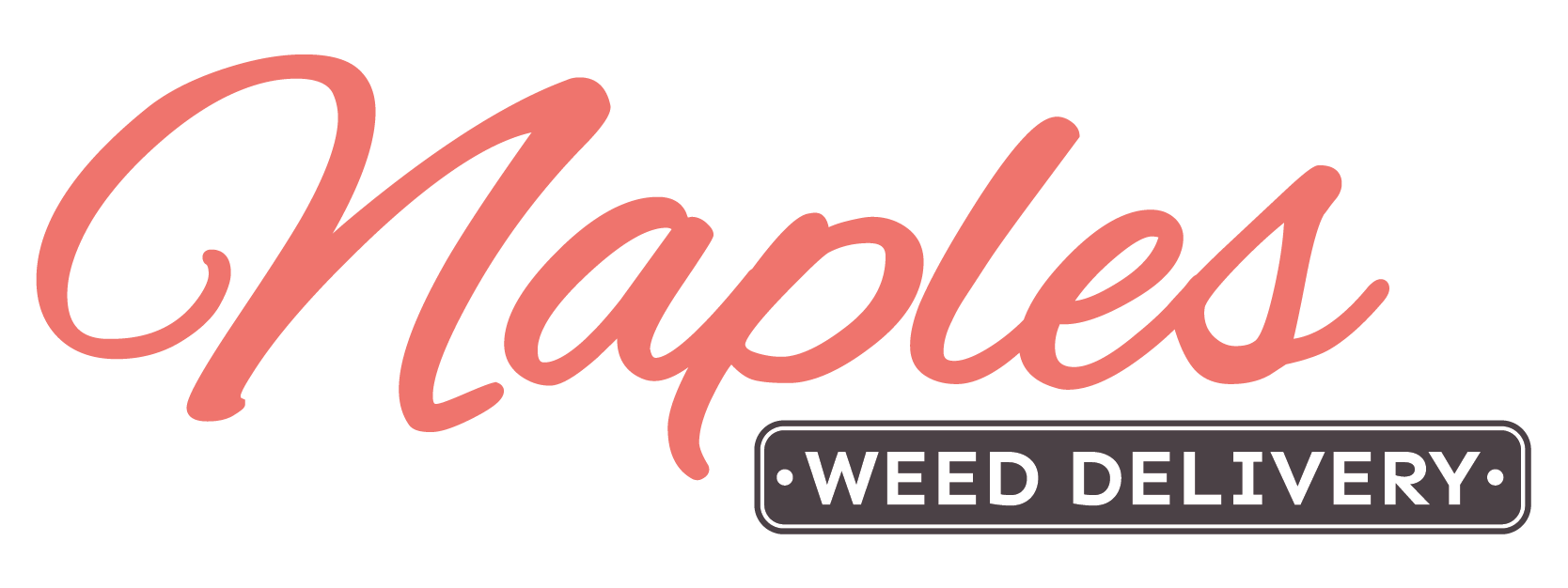Understanding cannabis product labels and lab test results is essential for patients and consumers in Naples, FL, looking to make safe, informed decisions about their cannabis use. Whether shopping in-store or ordering delivery, knowing how to read these labels ensures that customers understand potency, purity, and product content.
Potency Analysis: THC and CBD Content
Cannabis labels typically feature potency values for THC (tetrahydrocannabinol) and CBD (cannabidiol). THC is the psychoactive compound that produces a high, while CBD is non-intoxicating and commonly used for relaxation, anxiety relief, and inflammation.
Labels often show two types of values:
- “THC” or “CBD” refers to the raw cannabinoid content before heat is applied.
- “Total THC” or “Total CBD” reflects the amount that becomes active when the product is heated (such as when smoked or vaped).
For example, a flower product might read:
- THC: 0.5%
- Total THC: 18%
This means the flower has 18% activated THC after decarboxylation, the process of applying heat to activate cannabinoids.
Potency Ranges:
- Low: Below 10% THC – Ideal for beginners.
- Medium: 10–20% THC – Balanced effects.
- High: Over 20% THC – Recommended for experienced users seeking stronger results.
Cannabinoid Ratios
Some labels display THC-to-CBD ratios, such as 1:1, 2:1, or 20:1. These ratios help guide consumers looking for specific therapeutic effects. A 1:1 ratio often provides mild psychoactivity with calming effects, while a higher THC ratio offers more potent mental and physical effects.
Understanding the Certificate of Analysis (COA)
Most reputable dispensaries provide access to third-party lab test results known as Certificates of Analysis. These reports break down the product’s contents and confirm safety through laboratory testing. The COA usually includes:
- Cannabinoid Profile: Exact percentages of THC, CBD, CBG, and other minor cannabinoids.
- Terpene Profile: Aromatic compounds that influence flavor, scent, and possible effects.
- Contaminant Screening: Tests for residual pesticides, mold, heavy metals, and solvents to ensure the product meets safety standards.
Look for a QR code on the packaging that links directly to the COA online.
Additional Label Information
Beyond potency and lab results, Florida cannabis product labels also include:
- Product Type: Flower, concentrate, edible, tincture, or topical.
- Strain Information: The name and whether it’s a sativa, indica, or hybrid.
- Packaging Date and Batch Number: Useful for identifying the product’s age and traceability.
- Serving Size and Usage Warnings: Especially important for edibles and tinctures to avoid overconsumption.
In Summary
For cannabis consumers in Naples, FL, especially medical patients, reading and understanding product labels and lab test results is a key part of a safe and effective experience. Always look for products with clear labeling, transparent lab results, and batch testing to ensure you’re getting quality cannabis that meets Florida’s medical cannabis regulations.
